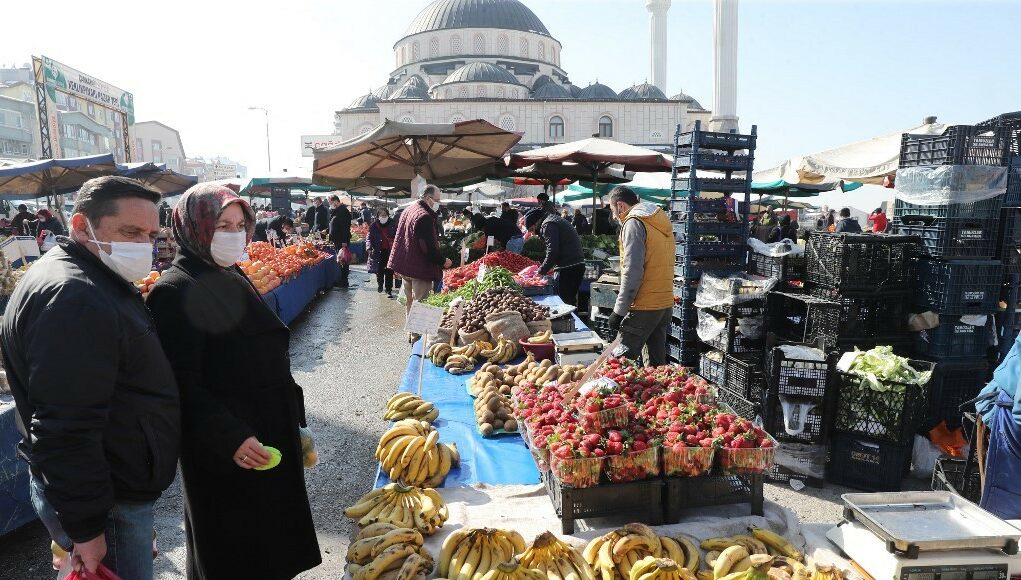The Turkish Statistical Institute (TurkStat) revealed in a report issued on Tuesday that the indicator for inequality of income distribution in Turkey is the worst since 2009.
The share of the richest 20 percent of the population – in terms of equivalent household disposable income — in total income rose to 47.5 percent, while the share of the poorest 20 percent in total income was down to 5.9 percent, according to the Income and Living Conditions Survey, 2020, published by TurkStat on its website.
As an indicator of unequal income distribution, the ratio of total income earned by the richest 20 percent to the income earned by the poorest 20 percent rose to 8.0, according to the survey.
The Gini coefficient, one of the measures of income inequality that varies between 0 indicating complete equality and 1 indicating complete inequality, was estimated at 0.410 with an increase of 0.015 points compared with the previous year, the survey said.
The Gini coefficient had decreased to 0.391 in 2014, and its current value signifies the worst figure since 2009.
The survey reported that the mean annual household disposable income was TL 69,349 in 2020, with an increase of 15.8 percent compared to last year, whereas the mean annual equivalent household disposable income increased by 17.2 percent compared to the previous year, from TL 28,522 to TL 33,428.
“According to the household type, the highest mean annual equalized household disposable income observed among the one person households with TL 42,712 with an increase of TL 5,450 compared to last year,” the survey said, adding: “The mean annual equivalent household disposable income of the multi-person no-family households TL 38,141 while this income of the one-family households was TL 34,577. The household type with the lowest mean annual equivalent disposable income was extended-family households with TL 25,889.”
Accepting people earning 50 percent of median equivalent household disposable income as relatively poor, the survey found that the rate of relatively poor people rose to 15.0 percent compared to 2019.
However, this rate increased to 21.9 percent compared to previous period when people earning 50 percent of median equivalent household disposable income were defined as relatively poor, it added.
Defining the persistently poor people as the population living in households where the equivalent disposable income was below the poverty threshold set at 60 percent of median equivalent household income for the current year and for at least two out of the preceding three years, the survey found that the rate of the persistently poor people rose to 13.7 percent compared to the previous year.
TurkStat’s survey indicated that the severe material deprivation rate increased from 26.3 percent in 2019 to 27.4 percent in 2020.
Material deprivation reflects the perception of households about the inability to pay unexpected financial expenses, one week’s annual holiday away from home, mortgage or rent payments, a meal with meat, chicken or fish every second day, keeping the home adequately warm and the ownership of a washing machine, color TV, a telephone and a car, according to the survey.
Source: Turkish Minute



